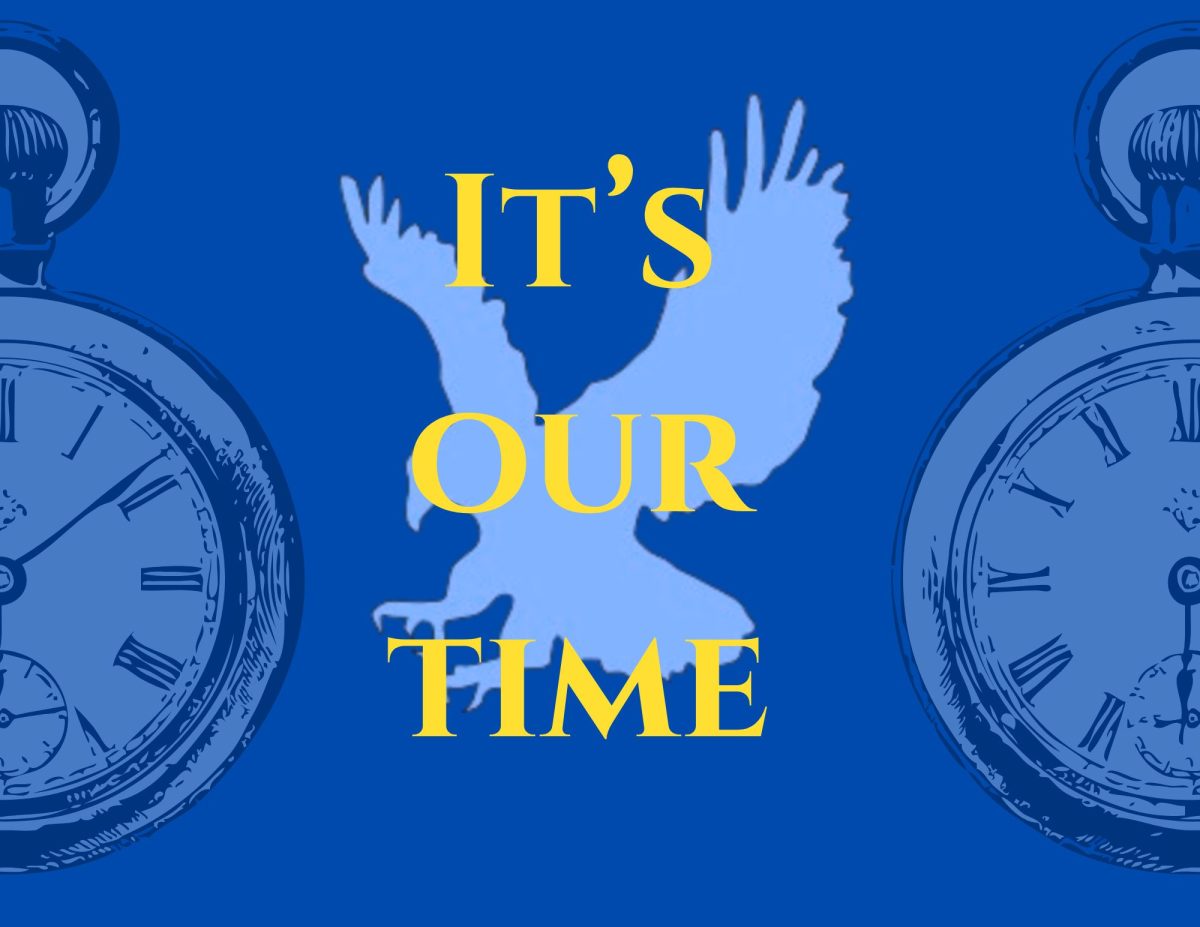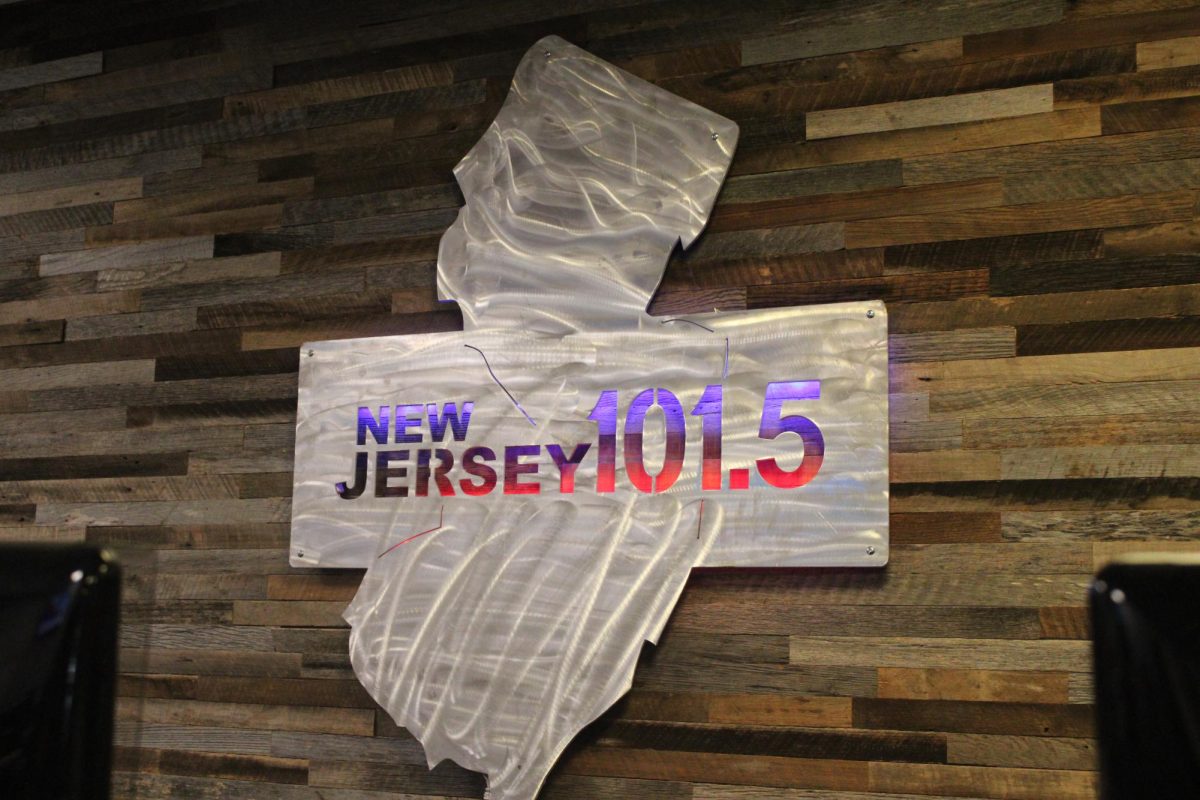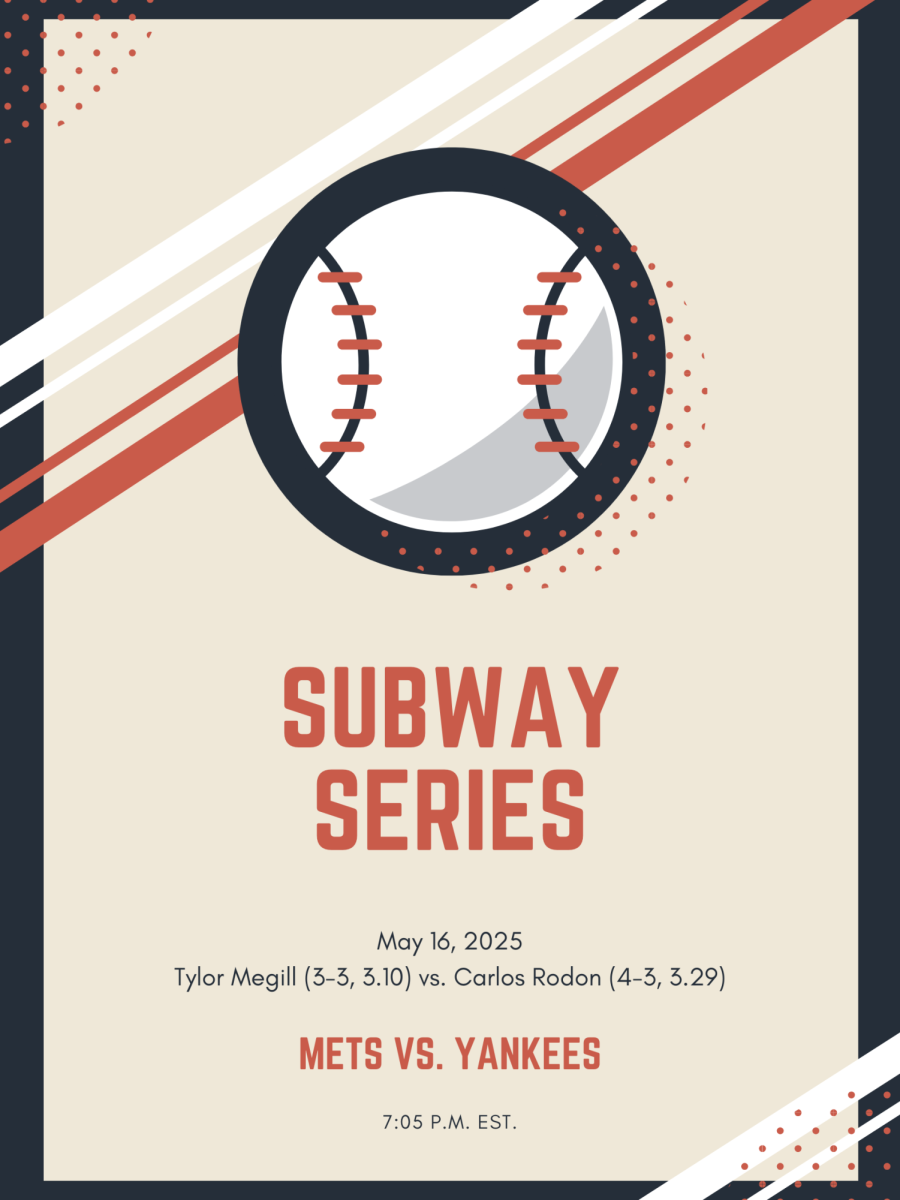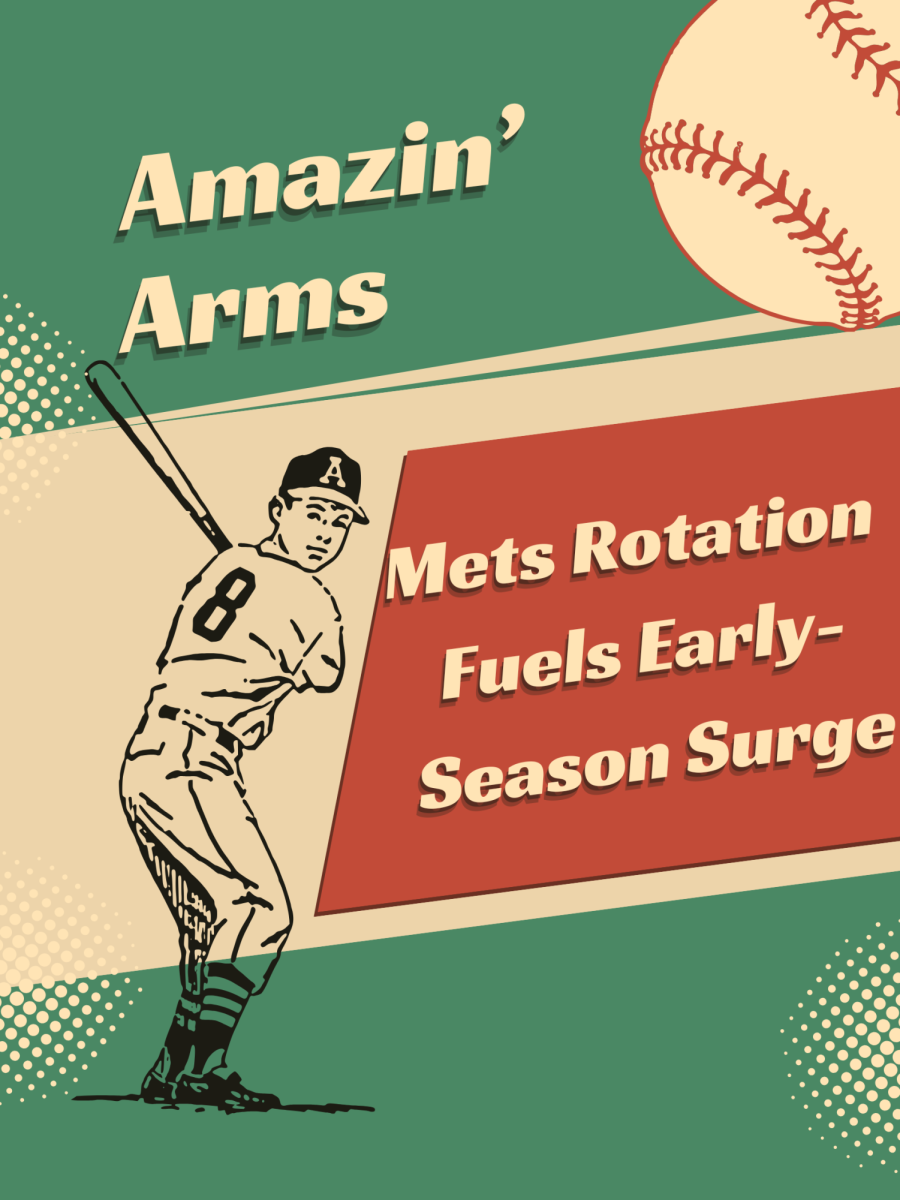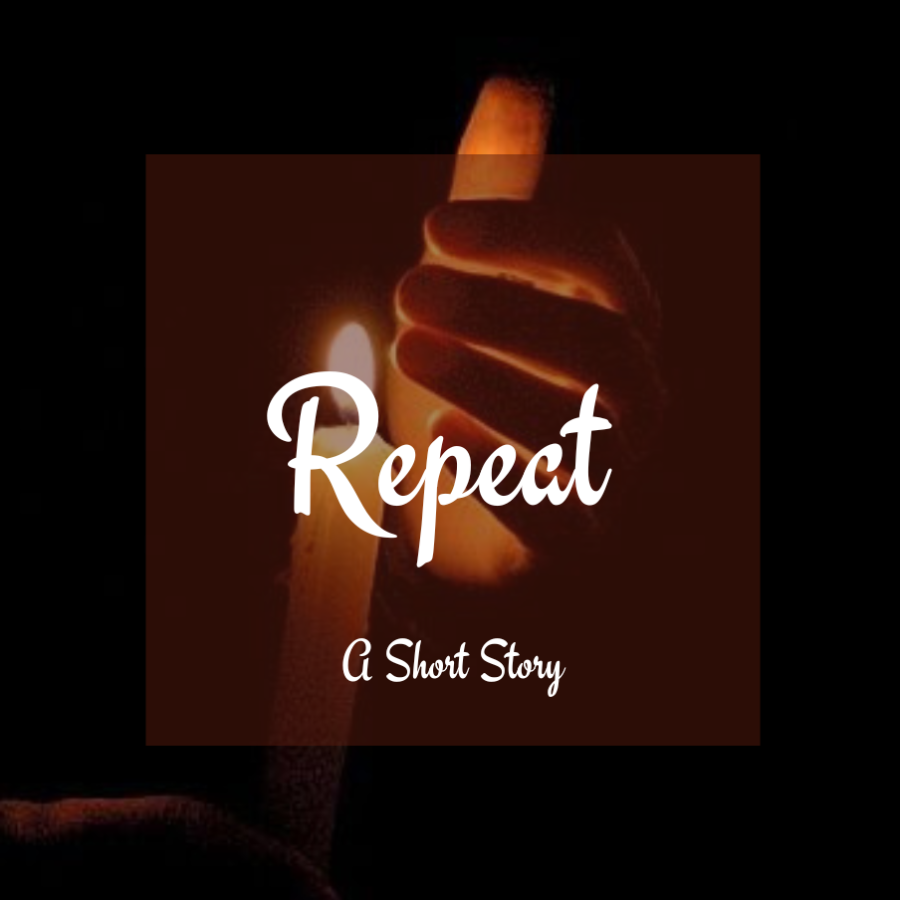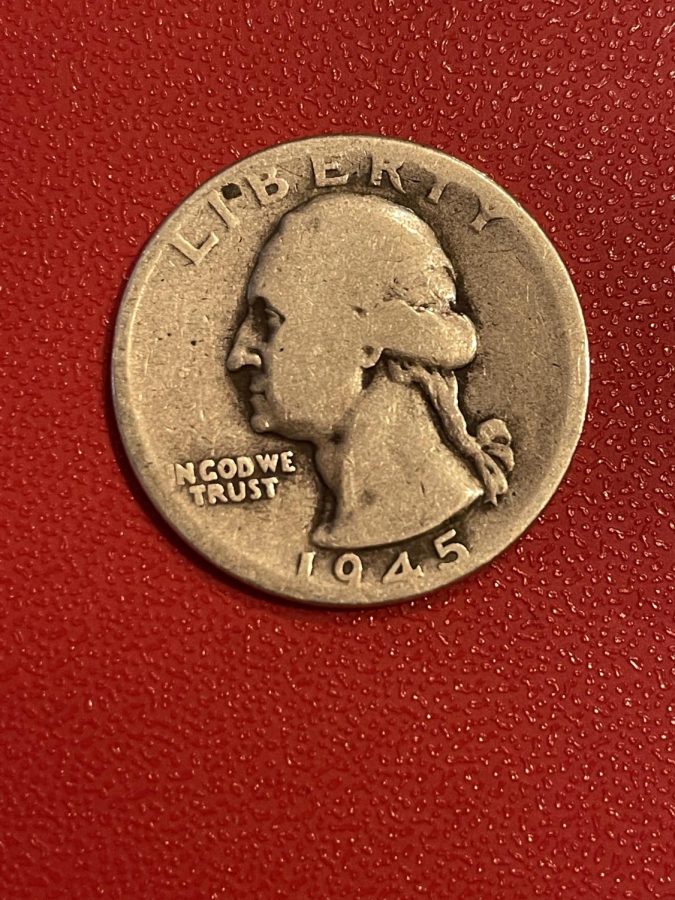Collectables in Your Couch: Collectable Coins You Might Want to Look Out For
This Article is Part of the Secret Origins History Column! What historical, collectable coins reside in your couch? Glove compartment? Your grandma’s coin jar? Read on to find out!
October 6, 2022
Pocket change–something we all tend to not give a second glance unless we’re trying to buy a soda from the cafeteria–can be an interesting hobby if you know what to look out for. This article will cover three coin types and a bonus bill to look out for.
Number 1: The Steel Penny
Not all pennies are copper! In 1943, copper was a material the US needed to fight in World War II, so all pennies were instead made with steel, an easier metal to find. There are a total of 648,628,000 steel pennies out there, all from 1943, so they usually aren’t worth much more then one cent. However, their unique history and appearance make them cool to collect! The ones that are worth a “pretty penny” are the ones that never went into circulation and never endured the 79 years of jingling around in people’s pockets.
However, not all of the 1943 pennies were steel. About 40 of the 1943 pennies were accidentally created with copper instead of steel, and as a result those are one of the rarest and most sought after coins. Because of their scarcity, 1943 copper pennies are extremely valuable, fetching $82,500 at auction in 1996. But be careful–there are counterfeits out there, so check with a coin expert if you think you found one. The experts at the Waretown Coins can help you at this link: https://www.waretowncoin.com/
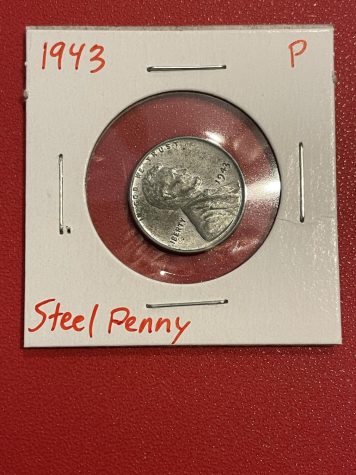
Number 2: The Canadian Penny
Once in a while you may find a Canadian cent mixed in with your pocket change. It’s fairly common, since Canada is right next door, but the Canadian cent is more than just a foreign coin: it’s a discontinued foreign coin.
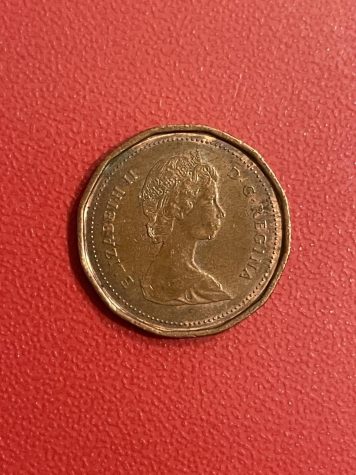
In February of 2013, Canada stopped making its Canadian cent and eliminated the one-cent altogether. Due to the rising cost of making and distributing the coin, it was decided to stop making the coin to save money (ironic isn’t it?). You can still use the Canadian penny to pay for things in Canada, but they have stopped making more since 2013.

Cool Fact: The late Queen Elizabeth II is featured on the face of the coin.
Number 3: The Silver Quarters
No, not silver plated or silver colored, were talking 90% silver metal quarters. Any US quarters that are dated 1964 and prior are made of 90% silver, making them worth their weight in silver. Since silver prices vary often, at the moment that would make a silver quarter in October of 2022 worth about $3.74. Now think of how many are hiding in that piggy bank that has been in the attic for years…
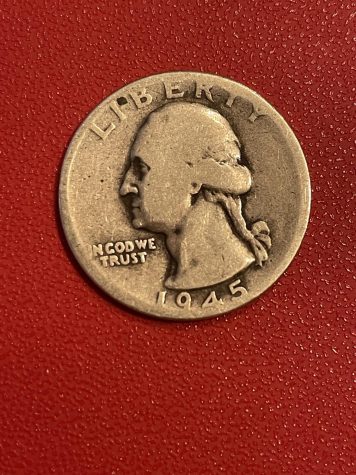
In 1965 all quarters were transitioned to copper and nickel, making all 1965-present quarters actually worth 25 cents. Nowadays, silver quarters are still produced, but not for public circulation. Collectors can buy them for a hefty price on the US Mint website for their collection.
All coins that are kept out of circulation are worth more than their circulated counterparts, making uncirculated 1964 and prior quarters worth about 9-15 dollars. Surprisingly low price? It’s because many millions of these silver quarters are minted (produced). For example, in 1964 the Philadelphia mint alone produced over 500 million silver quarters.
Silver quarters and modern quarters have some physical differences: Silver quarters make a more metallic clang when dropped on a table, and lack a copper colored line along the edge.
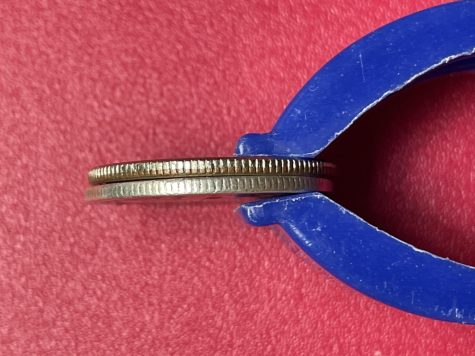
Bonus! The Star Note Bills
Basically, this bill is plan B if the mint produces messed-up bills by accident. Star Notes are bills with stars replacing the last digit in the serial number. All serial numbers are unique, and when the bill of that serial number is produced incorrectly, a star note is issued to replace it.
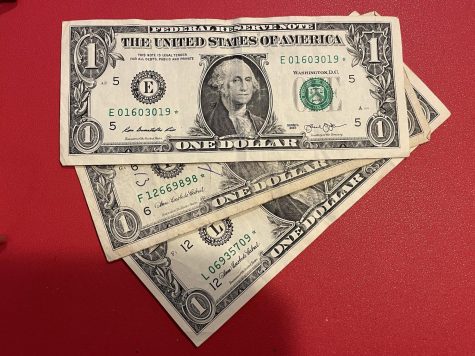
On cash money, an 11-digit serial number can be seen twice on either side of the portrait on the bill. This serial number has a unique set of 3 letters and 8 numbers corresponding to when and where it was made.
Star notes generally are not worth much more than face value unless you have consecutive serial numbers (like a star note with a serial number of 10015 and another one with a serial of 10016) or a star note with an unusual serial number like 00000001 or 99999999. Star notes can be $1 bills, $5 bills, $10 bills, and so on.
Sources:
US Mint: https://www.usmint.gov/news/press-releases/19990308-special-1943-copper-penny
https://catalog.usmint.gov/coins/silver-coins/silver-quarters/
Love to Know: https://antiques.lovetoknow.com/antique-price-guides/1943-steel-penny-value-guide-history
Canadian Bankers Association: https://cba.ca/phasing-out-the-penny-in-canada
Monex precious metals: https://www.monex.com/silver-prices/
Wired: https://www.wired.com/2014/03/can-find-1964-silver-quarters/
Silver Recyclers: https://www.silverrecyclers.com/coins/1964-quarter.aspx
US currency.gov: https://www.uscurrency.gov/denominations/bank-note-identifiers
How Stuff Works: https://money.howstuffworks.com/why-do-some-us-bills-have-a-star-instead-of-a-letter-at-the-end-of-the-serial-number.htm

